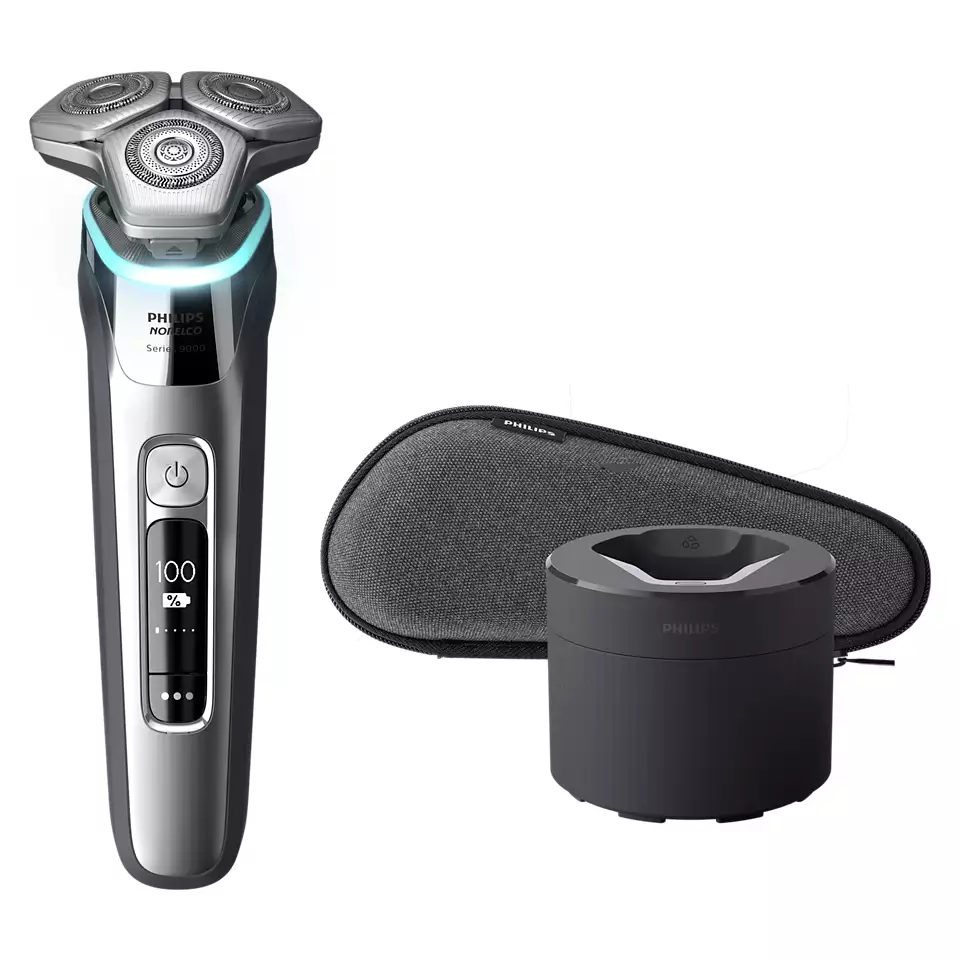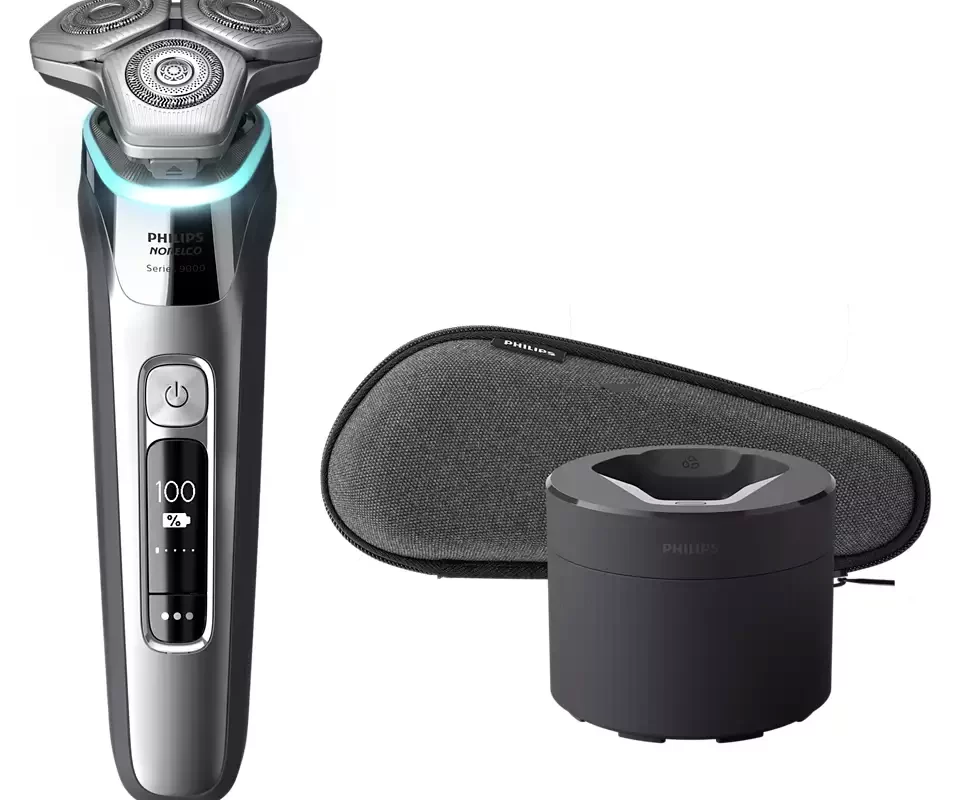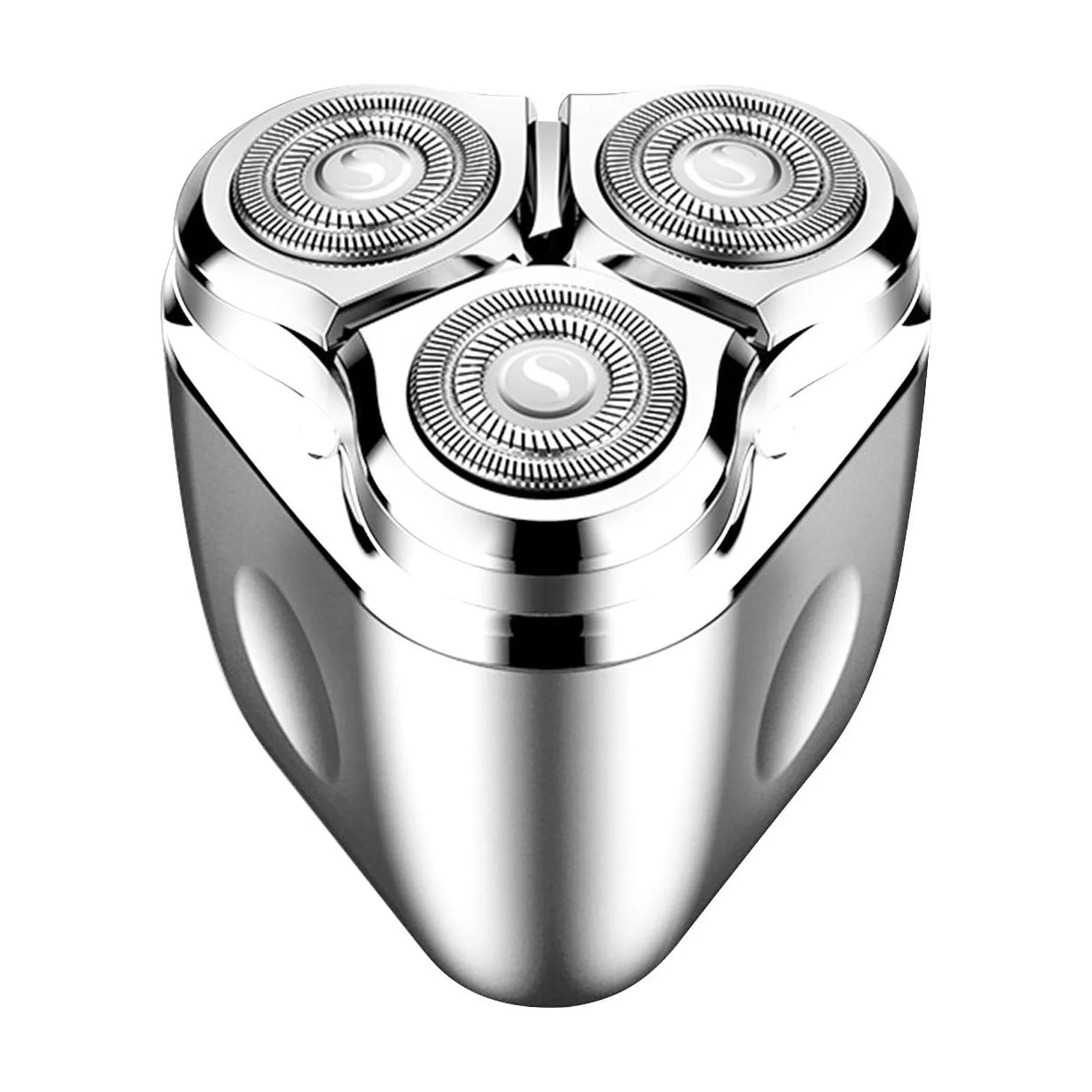If you’re like many modern men and women, your electric shaver is more than just a grooming tool; it’s an essential component of your daily routine. Over time, however, even the best shavers can encounter problems due to wear and tear, leading you to search for “electric shaver repair near me.” In this article, we will explore the common issues that electric shavers face, how to troubleshoot minor concerns, and ways to find reliable repair services in your vicinity. Additionally, we will discuss maintenance tips to prevent future breakdowns.
Understanding Electric Shaver Components
Before delving into why you might need electric shaver repair, it helps to understand the components of your device. Most electric shavers consist of the following key parts:
Shaving Head
The shaving head usually houses the blades and foils that cut hair. Depending on your model, there may be rotating heads, linear blades, or a combination of both.
Power Source
Electric shavers come with either rechargeable batteries or can be operated via a power cord. Battery-operated models tend to be more convenient for travel, but a malfunctioning battery can lead to a frustrating shaving experience.
Cleaning System
Many electric shavers come with a built-in cleaning system designed to maintain performance. Sometimes, these systems can fail, leading to decreased efficiency.
Body Housing
The outer casing of the shaver holds everything together. Over time, wear and tear can cause cracks, affecting the shaver’s performance.
Common Problems with Electric Shavers
Understanding the potential issues can help you identify when it’s time to seek electric shaver repair services. Here are some common problems that users encounter:
Dull Blades
One of the most frequent issues is dull blades. Over time, the sharpness of the blades diminishes, resulting in an ineffective shave. You may notice pulling and tugging on hair, which is a clear sign that the blades need replacement.
Power Problems
Battery failure or issues with the power cord can prevent your shaver from turning on. If you plug in your shaver and nothing happens, it may be time for repair or replacement.
Broken Cleaning Systems
If your shaver has a built-in cleaning mechanism, it may stop functioning due to clogs or mechanical failure. This can result in a buildup of hair and debris, diminishing the effectiveness of the shaver.
Housing Damage
Cracks or breaks in the body of the shaver can occur due to drops or mishandling. Even minor damage may impact the internal components, leading to more significant issues down the line.
Overheating
Some electric shavers can overheat due to excessive use or internal malfunctions. An overheated shaver can be dangerous and may require immediate attention.
Troubleshooting Minor Issues
Before taking your electric shaver for repair, there are several simple troubleshooting steps you can take to see if you can fix the problem yourself:
Clean the Shaver
A dirty shaver can cause a myriad of problems. Use a small brush to remove hair and debris from the blades and the shaving head. For shavers with a cleaning station, ensure that the system is functioning correctly and replace the cleaning cartridge if necessary.
Check the Battery
If your shaver is not turning on, inspect the battery first. If it’s rechargeable, it may need a full charge. For disposable batteries, ensure they are installed correctly and have sufficient charge.
Inspect the Power Cord
For corded models, examine the power cord for any signs of wear. If the cord is damaged, it may need to be replaced.
Replace Blades
If you notice pulling or ineffective shaving, consider replacing the blades. Most manufacturers provide replacement parts, and this can often restore performance without needing to replace the entire shaver.
Overheating Solutions
If your shaver is overheating, allow it to cool down before attempting to use it again. Frequently overheating may indicate a more significant issue, so consider seeking professional help.
When to Seek Professional Repair
If you’ve performed basic troubleshooting without success, it might be time to look for “electric shaver repair near me.” Here are a few signs indicating that it’s time for professional evaluation:
Internal Damage
If you suspect internal components are damaged, do not attempt to disassemble the shaver yourself. Internal repairs often require specialized tools and expertise.
Persistent Overheating
If your shaver continues to overheat after troubleshooting, a severe internal malfunction might be present.
Unusual Noises
If you notice any grinding or rattling sounds while using your shaver, it could indicate a loose part or a failed motor.
Electrical Issues
If the device does not power on at all, or turns off unexpectedly, you should consult a professional for a thorough examination.
Finding Electric Shaver Repair Services Near You
When it comes to finding quality repair services, a few methods can be employed to locate dependable technicians:
Online Search
Start your search online by typing “electric shaver repair near me” into your preferred search engine. This will provide you with a list of repair services in your immediate area. Look for businesses with good reviews and a solid reputation.
Manufacturer Services
Many shaver manufacturers offer repair services. Check the official website of your shaver brand to see if they provide repair options, as this can ensure you receive certified service.
Local Electronics Repair Shops
Local electronics repair shops might also handle electric shaver repairs. Look for shops that specialize in small electronics; their technicians are often more experienced in fixing grooming tools.
Ask for Recommendations
Don’t hesitate to ask friends or family if they have any recommendations for reliable repair services. Word-of-mouth referrals can lead to quality service providers.
What to Expect From Repair Services
When you take your electric shaver for repair, it’s essential to know what to expect:
Diagnosis
The service technician will first diagnose the issue with your shaver. They will conduct tests to determine the root cause of the problems you’re experiencing.
Estimated Cost
Once the problem has been identified, the technician should provide an estimate that includes parts and labor. Make sure you understand the costs before agreeing to repair.
Timeframe
Ask how long the repair will take. Depending on the complexity of the issue and parts availability, expect a timeframe that ranges from a few hours to several days.
Warranty on Repairs
Inquire if the repair service offers a warranty on their work. A reliable service should stand by its repairs and offer a form of guarantee.
 Preventative Maintenance for Your Electric Shaver
Preventative Maintenance for Your Electric Shaver
To avoid needing repairs in the future, follow these preventative maintenance tips:
Regular Cleaning
After each use, clean your electric shaver. Regular cleaning prevents hair and debris buildup, which can significantly impact performance.
Change Blades Periodically
Follow the manufacturer’s guidelines regarding blade replacement. Fresh blades ensure efficiency and a closer shave.
Store Properly
When not in use, find a safe storage location for your shaver. Avoid areas with high humidity, which could result in rust or electrical issues.
Recharge Safely
If applicable, follow proper charging guidelines for your shaver’s battery. Avoid leaving it plugged in longer than necessary, as overcharging can cause battery issues.
Inspect for Damage
Regularly check your shaver for signs of wear. Address minor issues promptly before they escalate into larger problems.
Conclusion
Navigating the challenges of maintaining and repairing your electric shaver can be daunting. However, knowing when to troubleshoot and when to seek professional help is key to ensuring your grooming routine remains uninterrupted. By understanding the common issues, employing basic maintenance, and knowing where to find “electric shaver repair near me,” you can extend the lifespan of your grooming tool significantly. Ultimately, providing your electric shaver with the care it deserves will lead to better performance, a closer shave, and a more enjoyable grooming experience.



